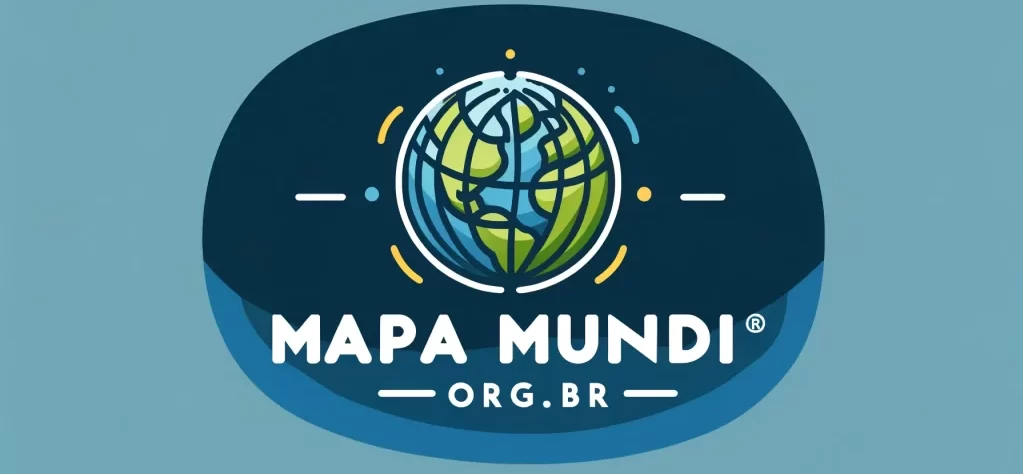
The discovery of oil reserves in the pre-salt and the development of technologies that allow the economically viable exploitation of this oil, Brazil has changed its level on the world board of producers. The country already had an important production, but the amount of discovered reserves showed that the country would have a more important role to play than before.
What has appeared is that this movement has not yet ended. New oil reserves are potentially indicated, more and more sea-within. Currently, it is considered the territory of a country at a distance of 200 nautical miles (or equivalent to 370 km) from its beaches. This space is called the continental shelf, and the country has sovereignty over the same.
Some initial estimates speak of something that exceeds the 20 million barrels of oil and gas what could exist in these areas not yet covered. Considering that the estimate is that in the current pre-salt area there are 40 billions of barrels, what is to come would increase by 50% the total of potential Brazilian reserves.
Since 2004 the Brazilian government tries to expand this limit, forwarding a petition to the UN (https://www.un.org/Depts/los/clcs_new/submissions_files/submission_bra.htm). Internally, the government is already trying to take over spaces that go beyond 200 miles, as can be seen in the discussion that takes place at the National Energy Policy Council (Cnpe) you want to include blocks located outside the exclusive zone (Brazilian sovereign) for the auction scheduled to take place in 2020.
Currently, Brazil can explore 3,6 million km2 in what is known as the “economic exploration area”. This means that the country is the only one that can engage in economic activities, install artificial islands, and establish marine life protection projects. If the Brazilian claim is met, this area will become 4,5 million km2.
Given the breadth of the Brazilian coast, as well as its direction in relation to other countries, the biggest problem is on the coast of the North and Northeast regions. While the distance in relation to other countries in the height of the Southeast allows us to advance the space without conflicting with the same distance in relation to other countries, in the North and Northeast regions there is a potential overlap of projected spaces.
In these regions, beyond the oil and gas potential itself, there are also indications of large ore presence, with special emphasis on cobalt and manganese. Not for less, the area is called “Blue Amazon”. This further increases Brazilian interest in addressing these changes in breadth of what is considered an exclusive economic area..
Considering the size of the Brazilian coast and its capacity for projection and expansion, there is a great interest by the government in consolidating our economic sovereignty over this area in public international law.
It should be highlighted, However, that this is not just a political action with the UN. Parallel to this movement, it is necessary to understand the strategic importance of the region and its potential occupation. The Brazilian armed forces must be able to understand the dynamics of the area and carry out exercises that allow them to occupy, similar to what other powers have already been doing.
See the article “The importance of the Malvinas Islands for Brazil” https://mapamundi.org.br/2020/a-importancia-das-ilhas-malvinas-para-o-brasil/
